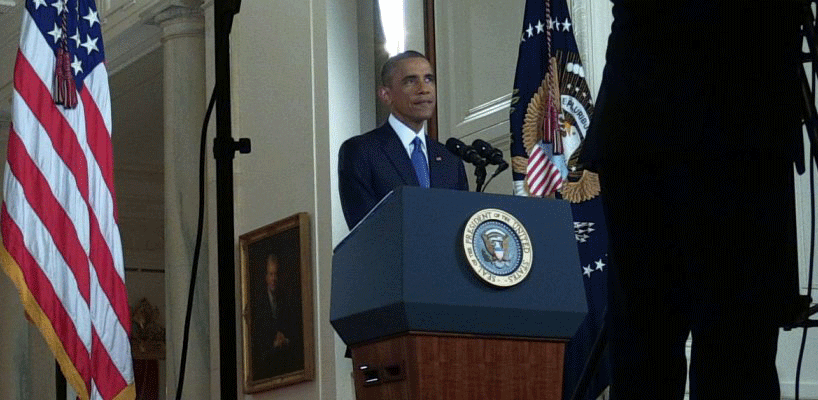President Obama is counting the days. The election for the 45th President of the United States is on the horizon. The inauguration takes place on Friday, January 20, 2017. For some time now, career leaders in Federal agencies have been making transition plans with hopes for a seamless transfer of power.
In 2002, transition between White House staffs—who populate several D.C. blocks outside of the White House proper—was anything but seamless. President Clinton and his people were leaving to make way for President George W. Bush, who defeated Vice President Al Gore by the slimmest of margins. Some likened the Clinton departure to a frat party. In its wake, the General Accounting Office calculated thousands of dollars in damage. “Glue was smeared on desk drawers. Messages disparaging President Bush were left on signs and in telephone voice mail. A few of the messages used profane or obscene language,” The New York Times reported. Oh, and the letter W was missing from many computer keyboards.
It was a particularly tumultuous transition, perhaps a foreboding sign of things to come.
CREATIVE TENSION
As the elections approach, lower-level political appointees have been quietly resigning their posts for new opportunities. Come 20 January, there’s a strong probability they’ll be out in the cold, no matter who wins. So, right now, some degree of leadership experience is slowly seeping from the bureaucracy. That experience will be replaced by brand new faces, some of whom have never worked in the federal government, much less in the particular department to which they are assigned. Federal News Radio’s Jory Heckman reports, “The upcoming presidential transition, once complete, will bring nearly 4,000 new political appointees into the federal workforce.”
Countering that potential turbulence in day-to-day operations are the career federal employees who will keep the gears of government grinding. These folks will welcome their new bosses, and the new administration’s political agenda with them. Deputy Secretary of The Department of Labor Department Chris Lu explains, “Presidential appointees often bring new vision and perspective to the departments they manage, but it’s the federal career workforce that ultimately carries out the business of government . . . . the career workforce—more than 2.79 million strong, according to the Office of Personnel Management—serves as the bedrock of the business of government when political appointees are settling into their roles.”
Creative tension: that’s what Deputy Secretary Lu calls it. “’I think that creative tension is a good thing. A change is good, it’s always good to have new perspectives and new approaches,’” Lu says. Careerists who have been around for a while have seen appointees come, and they’ve seen appointees go, and the career civil servant’s long experience will be important. “The career civil service provides institutional history to inform new policy proposals, while the political hires have the better sense of the new president’s policy vision, and may offer new perspectives from outside government,” Heckman reports.
POLITICS ASIDE
The education begins immediately after the elections, when the new President and staff begin appointing new executives to fill positions. At the highest levels, new cabinet secretaries and their personal staffs—both careerist and appointees—will be preparing the bosses for confirmation hearings as they work to grasp the full scope and scale of their department’s mission, resources, and challenges. At the lower levels, appointees will begin learning exactly what it means to be the deputy secretary or assistant secretary for supporting offices. “Likewise, the transition documents don’t follow a one-size-fits-all approach,” Deputy Secretary Lu says. “The incoming Labor secretary . . . receives the most comprehensive briefing, and has to hit the ground running on day one, but other tiers of management receive a more nuts-and-bolts primer on their departments.”
While senior leaders will assuredly be focused on the new President’s priorities, appointees in lower officers will be more focused on simply understanding how that office functions, how it supports the larger department. Heckman reports, “’In terms of the challenges of these jobs, there’s nothing particularly partisan about what some of those challenges are, and it’s helpful just to get the perspective of people who have done these jobs before,’ Lu said. ‘It’s useful to have them on speed-dial because, as I always say, I guarantee whatever I face, they’ve faced in the past.’”
Given the nature of the 2016 campaign, the 2017 transition promises to be a particularly exciting one.




